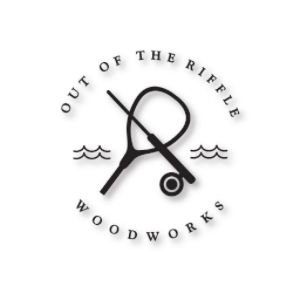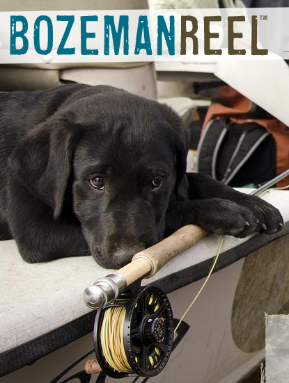The other night I managed to find some free time, and finally try to Dye Hackle with Kool-Aid. I've got all this sexy Sideling Hill Hackle sitting around thanks to my buddy Evan, and it's been long in the works to give this a try. Here's a step-by-step on how to do it.
1. Take your hackle and portion it out into whatever size portions you'd like. Since we'd never tried it before, we cut two portions for each color. Now, take your portions, and soak them in warm soapy water for 2-3 hours. This cleans the feathers and gets them prepped to soak up as much dye as possible. This step is extremely important.
2. Rinse your hackle off thoroughly with warm, clean water then set aside on some paper towels. Prepare all of your supplies...you will need:
- A glass container that will fit all of your hackle.
- A glass container that will fit all of your hackle.
- White Vinegar
- Plastic Wrap
- Kool-Aid in various colors
- Paper Towel
- Dish Soap
3. Pour your desired Kool-aid packet into your container. In our case, we used a beer mug...worked like a charm. Next, add enough water to cover the material thoroughly. We used one packet of kool-aid per cup of water...give or take. Then add a tablespoon of vinegar and stir it up.
4. Fully submerse your hackle in the stank drank (dye) you just stirred up. Cover it with the plastic wrap, and put it in the microwave on High for 1-3 minutes. You can check it periodically or stop it early to achieve lighter shades. For a good rich color, we suggest doing 3-4 minutes, but no more. After you've nuked it, let it sit for another 10 minutes.
5. Take your hackle out and rinse it off with cold water. The water running off of the hackle may have a tiny bit of excess dye running off with it, but nothing crazy. Place the hackle on a paper towel and blot as much water as you can out of it. We hit it with a hair dryer to fully dry it out and prevent mold or odor.
And that's it! Don't be afraid to mix it up either. We added yellow easter egg dye to the yellow batch to get a brighter yellow. We don't suggest using it alone unless you let it sit for a while. The green was done solely with food-dye and we're not as pleased with the outcome. We might send it through again.
If you're looking for great hackle but don't want to break the bank, we recommend shooting Evan email (see below). His next batch is going to be all gone before you know it! We promise you wont be disappointed.
Evan: sidelinghillhackle@gmail.com
Ty




.jpg)



















